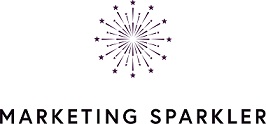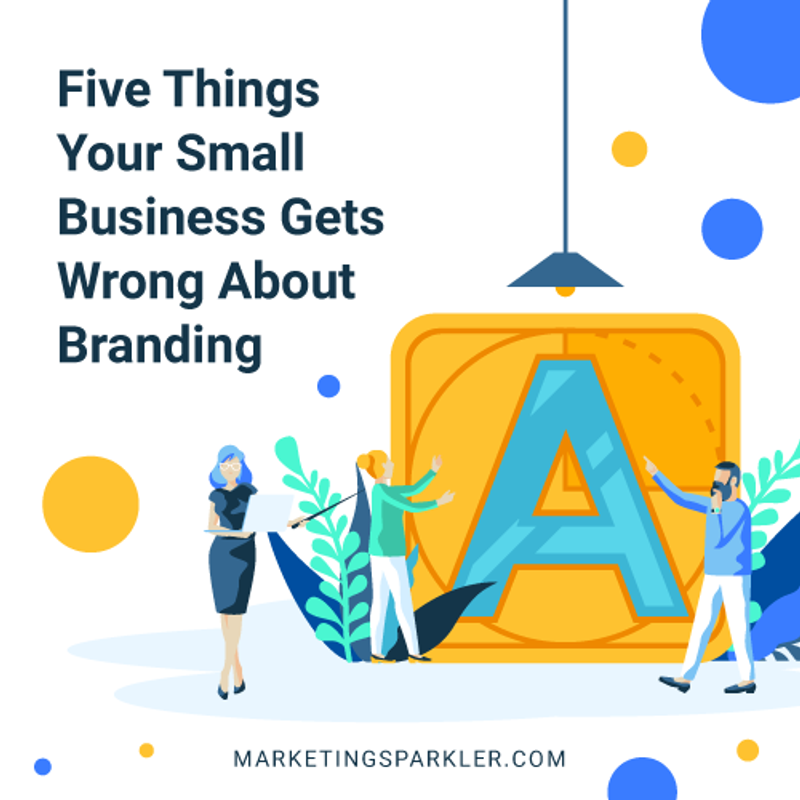Branding represents the collective efforts made to separate your brand from its competitors and help it stand out in a crowded marketplace. Succeeding with it requires time, effort and financial investment. It’s easier than you may think to make a mistake that hurts your brand or makes it lose momentum.
Here are five of the most common blunders and how to avoid them.
Five Things Your Small Business Gets Wrong About Branding
1. Rushing Your Brand’s Creation
The business world moves quickly, and that reality often pushes people to launch their branding efforts as quickly as possible, assuming they’ll work out the details later. It pays off to slow down, though, because of how much your brand can affect everything else about your business.
Think of your brand as the blueprint that affects every future business decision. Some entrepreneurs mistakenly believe a brand is mainly a logo. However, it’s substantially more than that. Branding can reveal company values, show why the business stands out from competitors, highlight the company’s current and future goals and spark customer interest.
As you set aside time to create your brand, resist the temptation to hurry through the process. Remind yourself that doing things carefully and correctly at this early stage will help you save time and steer clear of mistakes later.
Branding can reveal company values, show why the business stands out from competitors, highlight the company’s current and future goals and spark customer interest. Click To Tweet2. Overlooking the Importance of Consistency
Your brand helps tell the audience what you’re all about. It can also help customers feel that they’re making the right choice by doing business with you. That’s why it’s vital to stay consistent with your branding.
Consistency helps people build trust in your brand by setting and keeping expectations. It’s easy enough to be consistent with the visual elements of your brand, such as its color scheme, font and the way each social media profile looks. However, it’s also crucial to stick with a tone when responding to customers or describing your brand.
Think about tasking one person or team with scrutinizing all the elements of your brand in pieces of content before they go public. They should be able to identify any ways that it strays from your branding goals. Ask them to look for any instances of ambiguity, too. If people aren’t sure exactly what you’re communicating with your brand, they’ll get confused.
Your brand helps tell the audience what you’re all about. It can also help customers feel that they’re making the right choice by doing business with you. That’s why it’s vital to stay consistent with your branding. Click To Tweet3. Failing To Perform a Brand Audit
Your company’s leaders probably have a clear idea of what they want the brand to be, but do customers and employees see it the same way? A brand audit is the best way to answer that all-important question. It reveals how people perceive your brand, plus where it’s excelling and the areas where improvement is necessary.
You can begin with online surveys. Ask people to provide words that best describe your brand or give them an assortment of options they could choose. From there, progress to phone interviews that let you dive deeper into respondents’ initial feedback.
When you have this much data compiled, it becomes easier to lay the groundwork for upcoming big projects. The brand audit may also reveal some useful insights, such as why a certain campaign you thought would resonate with the audience has fallen flat. Brand audits require financial and time-based commitments. However, they’re often worth it due to what you learn.
4. Believing All Brand Exposures Are Ultimately Positive
There’s a common belief that all publicity is good, even if it doesn’t necessarily reflect well on a brand at the time. However, that’s not necessarily true, especially in cases where you’re trying to decide whether to sponsor an event. Ask yourself how likely such arrangements are to directly support the brand. It’s also to consider whether any secondary audiences might respond well to seeing branding from your company.
For example, maybe you own a company that makes safety equipment for older people. It may not initially make sense to sponsor your town’s softball team comprised of first graders. However, when you think about how their grandparents may come to watch the games, it starts to make sense why it could be worthwhile to have your branding at the events.
At the same time, it’s best to avoid brand exposures that could make people perplexed or even upset. If your company sells horse feed, it’s probably not worth your time to sponsor a video game conference. Before associating your brand with any event, perform the necessary research to verify it’s likely to pay off.
#brandingtips It’s best to avoid brand exposures that could make people perplexed or even upset. Click To Tweet5. Losing Sight of Customer Needs
As people associated with small businesses investigate the best ways to profit, they often make the costly mistake of overlooking what customers need. A strong brand must communicate that the company knows its customers and understands what they need. If customers think the company cares about making money first and foremost, they won’t likely support it, and the brand will seem out of touch.
Begin by thinking about what people need or want most when they come in contact with your brand. For example, when consumers browse hand soap, they may wish to have products that lather well, kill germs and have a pleasant smell. Since people are increasingly concerned with sustainability, some want soap brands to offer reusable bottles and refills.
After determining those characteristics, look at ways to focus on customer-centric branding, ranging from the features listed on a website to the images used to show products. Putting customers first can extend to service options, too, of course. For example, if people located worldwide buy your products, bear that in mind when setting phone support hours.
A strong brand must communicate that the company knows its customers and understands what they need. Click To TweetTake an All-Encompassing Look at Your Brand
Besides finding themselves guilty of some of the mistakes listed here, many people who own small businesses have overly short-sighted views of their brands. In addition to a brand’s elements that are the most easily defined, branding extends to an individual’s experience, whether in-person or online.
How do people feel when they interact with your brand? Does it leave them feeling uplifted, satisfied and generally positive? What potentially negative aspects could you change for the better?
Examining your brand in these ways is valuable when you first create it, but also if making any major changes later. It’s natural and expected that your brand will evolve over your company’s existence. However, staying mindful of the above mistakes and the suggestions to prevent them will protect you from many of the frequent pitfalls.
Ciao,
Miss Kemya

